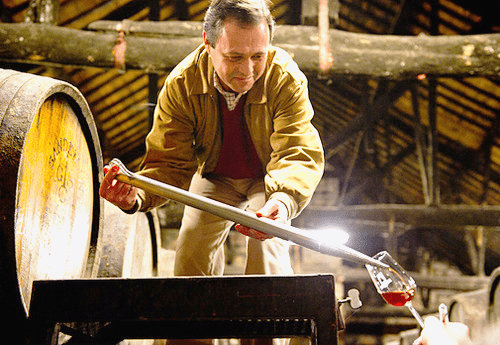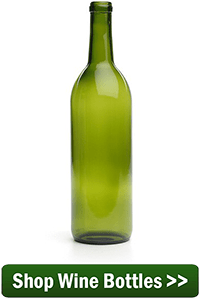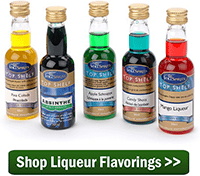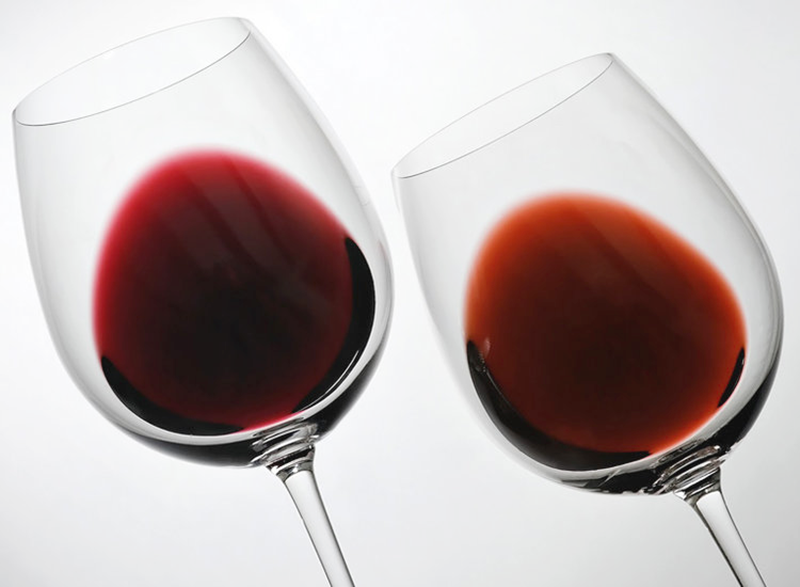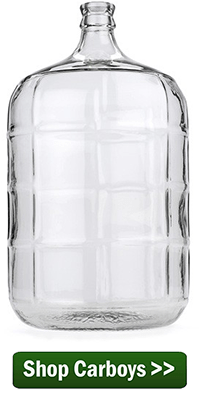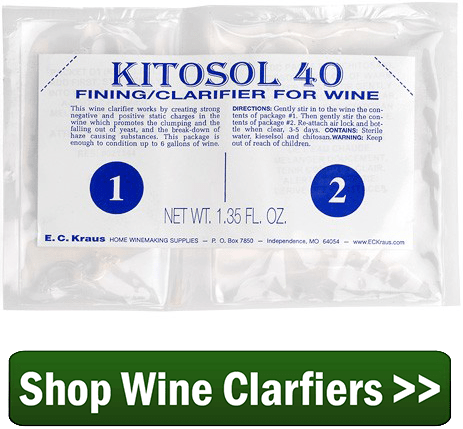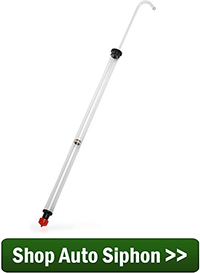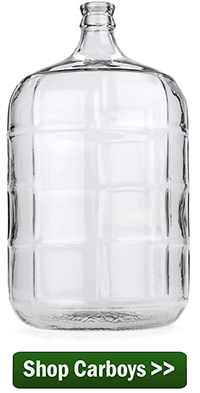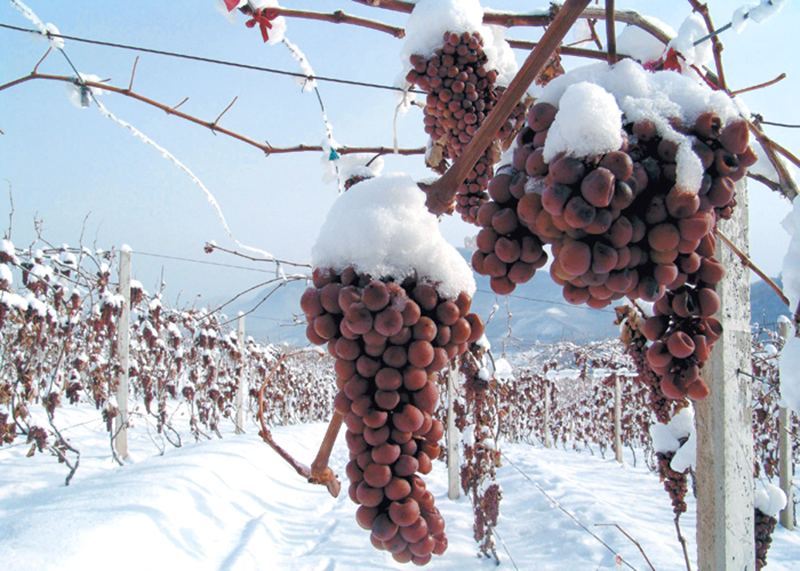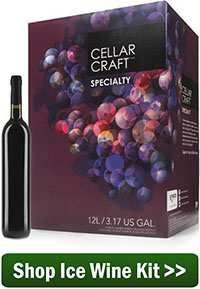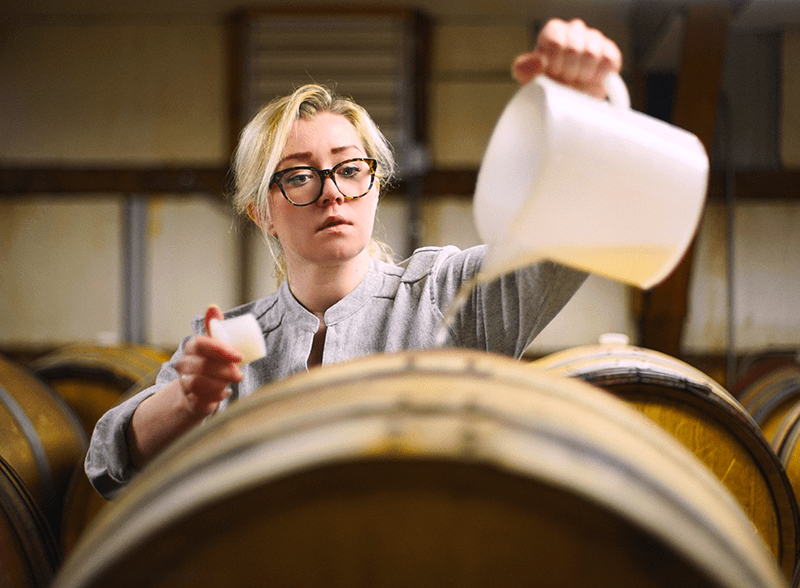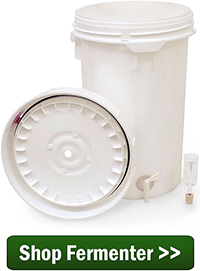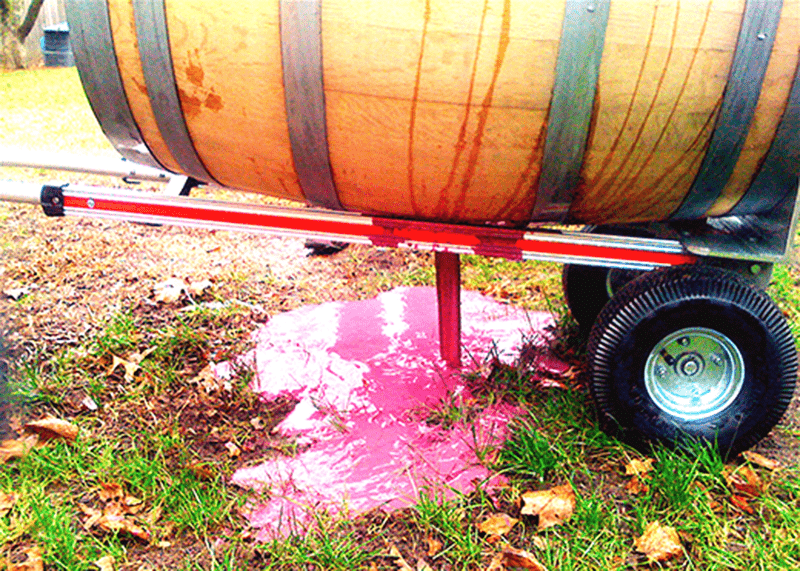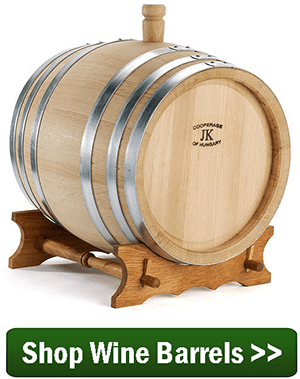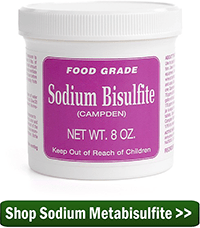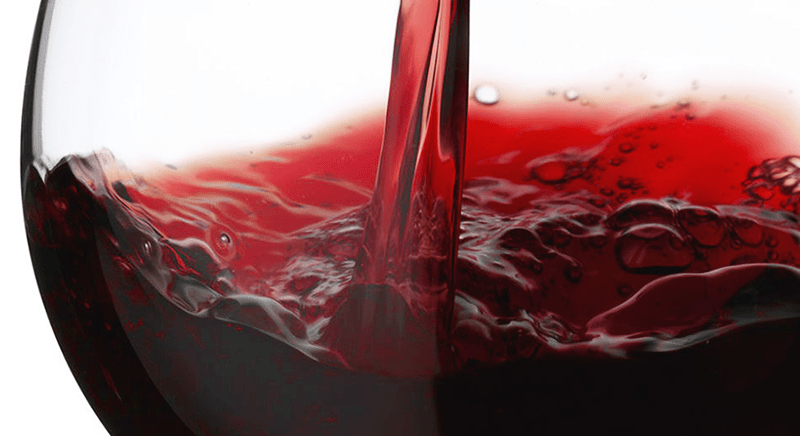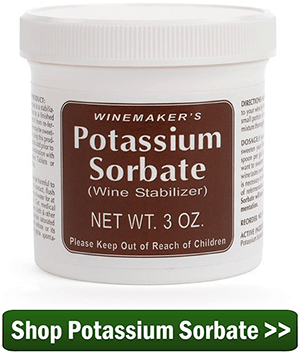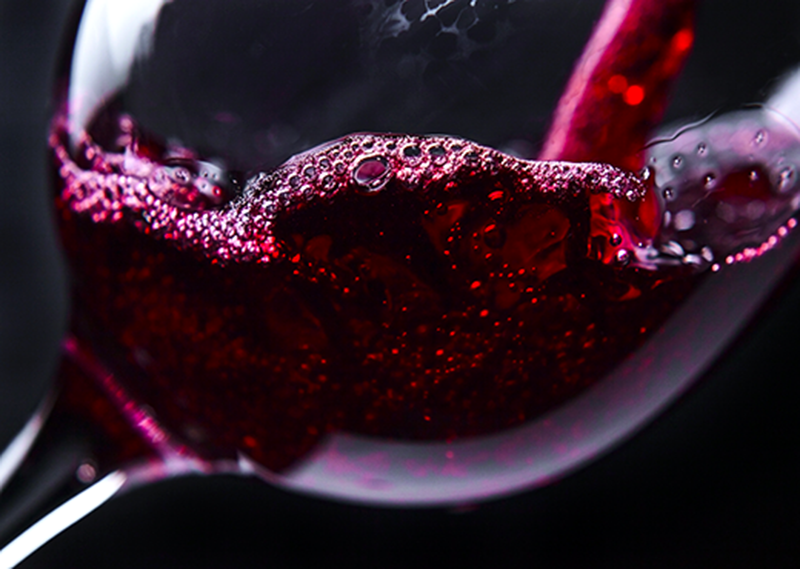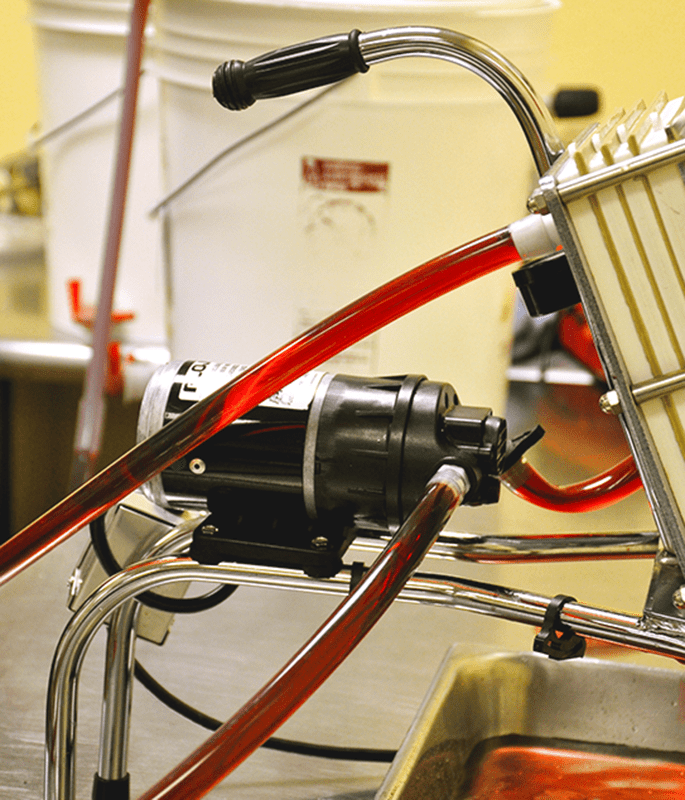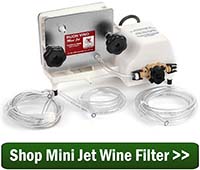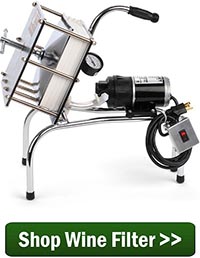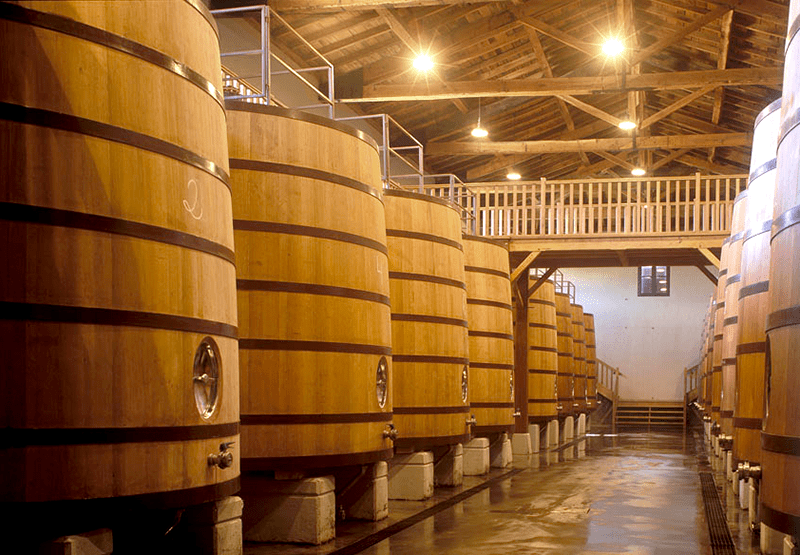 We look forward to and enjoy your email newsletter and have learned a lot from your subscribers’ questions. Now one of our own…
We look forward to and enjoy your email newsletter and have learned a lot from your subscribers’ questions. Now one of our own…
On a stop on a recent Missouri winery tour was an area for cold aging, where wine coming off secondary fermentation was chilled in the fermenter to around 28 degrees to help dissolved chemicals and remaining suspended yeast cells to fall out of solution before the wine was siphoned off into oak barrels. We don’t see this step in home wine recipes. Is cold aging beneficial to small-batch wines? If so, should it be done in the secondary fermenter after yeast action has stopped, or can it be done after bottling?
Thanks as always.
Ed
_____
Hello Ed,
What you are referring to is something called cold stabilization in wine making. The wine is chilled down directly after fermentation to speed up the settling of wine yeast cells and other suspended proteins. The yeast cells will become inactive or dormant at lower temperatures allowing them to go to sleep, so to speak, and settle out.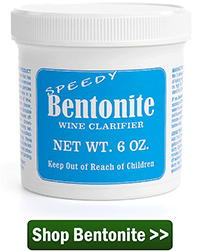
Chilling a wine after fermentation also causes any excess acids in the wine to form into crystals and fall out. This is known as acid precipitation. If the grape harvest that year was too high in acid, or to tart, bringing the wines temperature down will cause this excess acids to crystallize and then drop out as sediment.
Cold stabilization is only done in wine making after the fermentation has completed and the wine has been given a day or two for the heavier particles to fall out on their own through gravity. It’s a way of making the wine temperature stable so that bad things don’t happen after the wine has been bottled.
If the wine was too high in acid the cold stabilization process were skipped, acid crystals could start to precipitate out later on in the bottle, even while sitting in someone’s wine rack. Acid precipitation would be an absolute disaster for a winery, but not so much for the home winemaker.
Cold stabilization is beneficial if you are making wine from fresh fruits, and most beneficial when making wine from fresh grapes. If you are a home winemaker who is making wine from grapes every year, then yes, you might consider putting your wine through cold stabilization and chilling it down to for a few days before bottling or bulk-aging.
For most home winemakers though, this is not a process that can be practically accomplished. And that’s okay. Realize that there are many commercial wineries that never ever chill there wines. There are other ways of controlling excess acidity. And there are other ways to drop proteins out of a wine – time being one of them.
If you are making wine from wine concentrates or wine ingredient kits, then cold stabilization is pointless. This is because the acids have already been adjusted by the producer to make sure acid precipitation does not occur.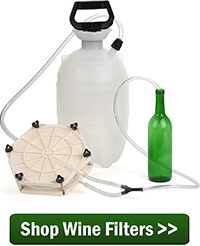 There are no protein solids from any fruit to deal with either. When dealing with these packaged wine juices the only thing to be concerned about are the yeast cells, and these will easily drop out fine on their own or with a little help from a fining agent such a bentonite.
There are no protein solids from any fruit to deal with either. When dealing with these packaged wine juices the only thing to be concerned about are the yeast cells, and these will easily drop out fine on their own or with a little help from a fining agent such a bentonite.
Chilling a wine down, aka cold stabilization, does have a place in winemaking, however as I think you can see, it’s a far cry from being an absolute must-have. Great wines can – and are – being made without such treatment. But with that being said, if you have a spare refrigerator and a bucket of wine, go for it!
Happy Wine Making,
Ed Kraus
—–
Ed Kraus is a 3rd generation home brewer/winemaker and has been an owner of E. C. Kraus since 1999. He has been helping individuals make better wine and beer for over 25 years.

